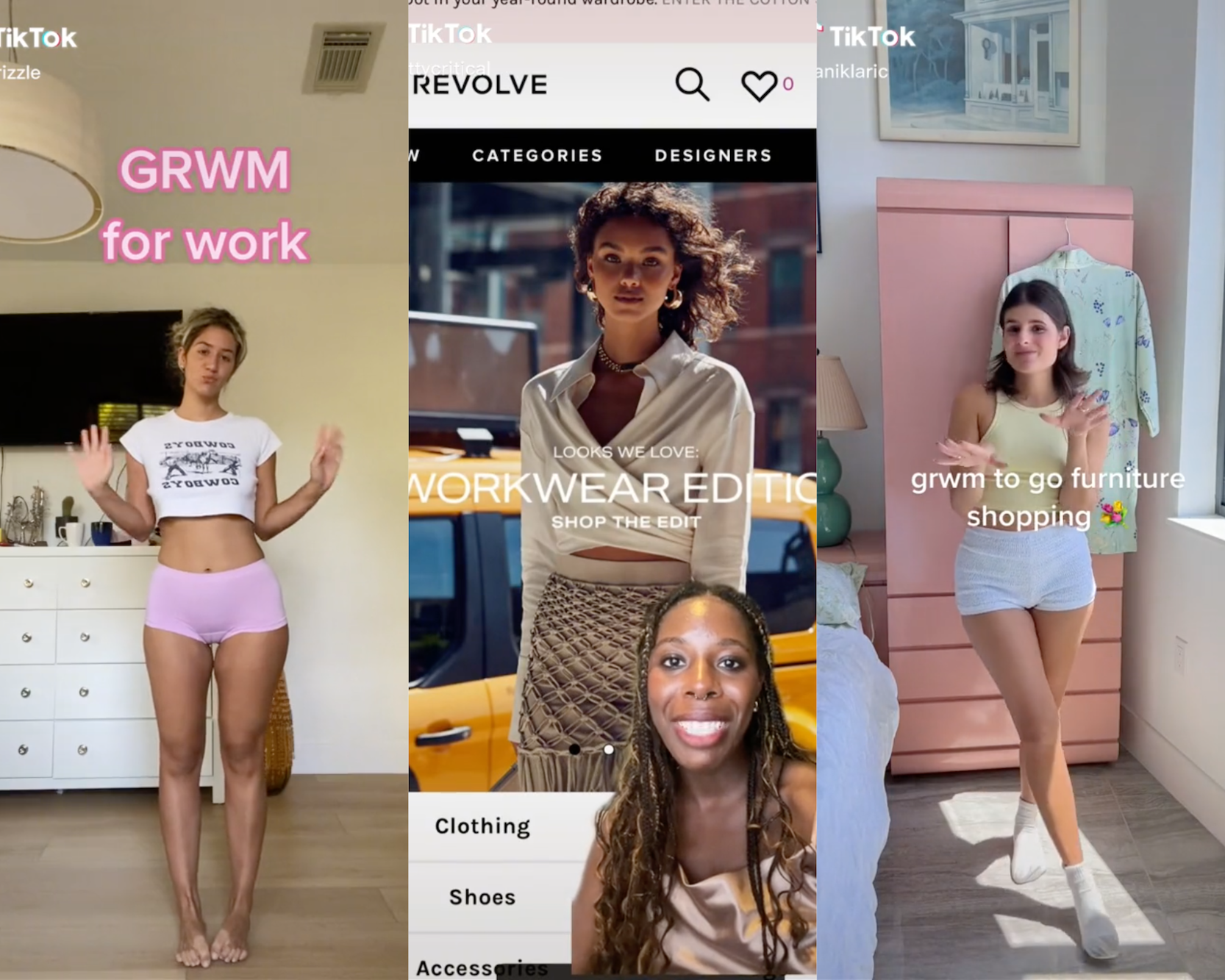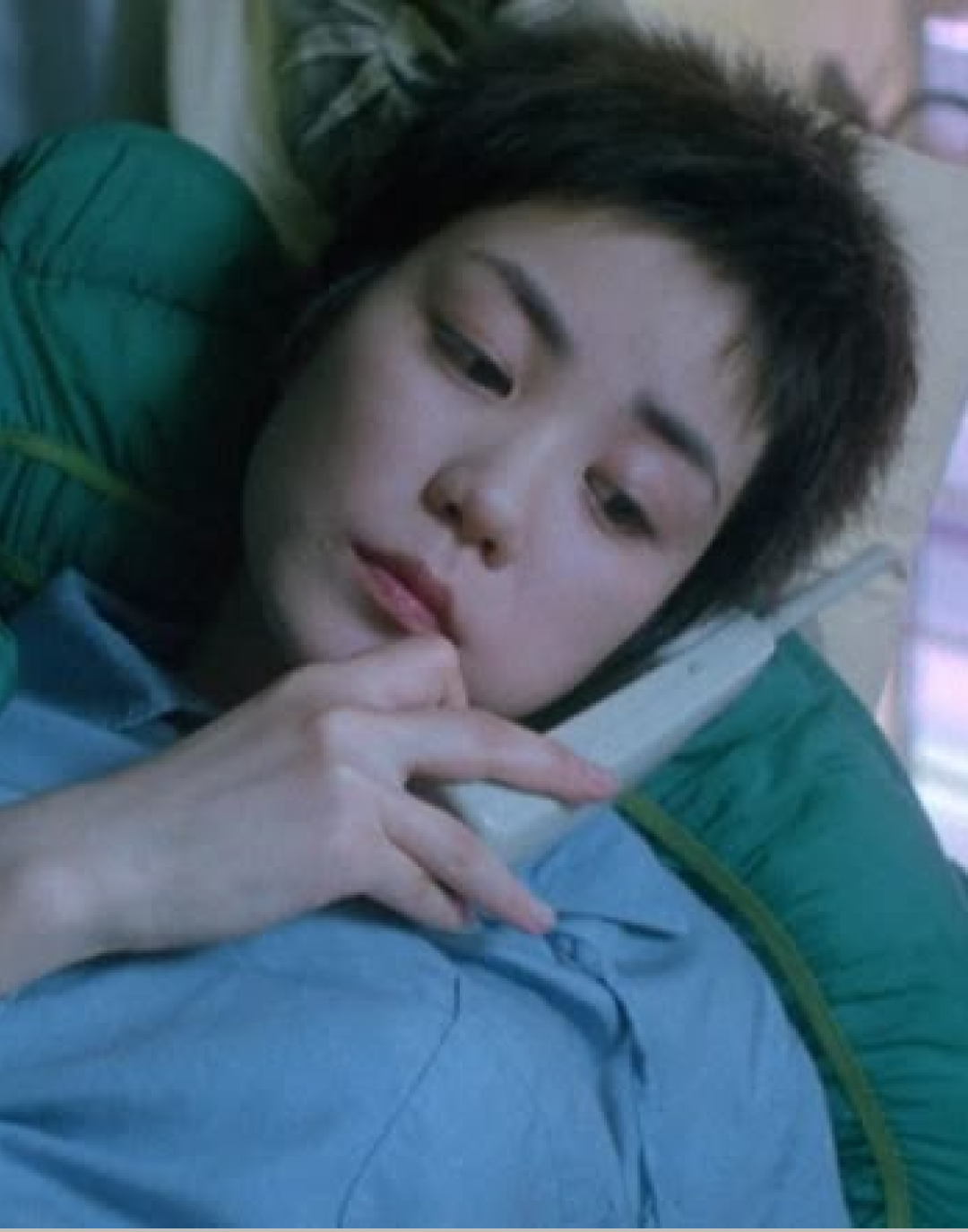
Does a dress code for the office still exist? It's a popular topic on TikTok, as Gen Z seems ready to bring crop tops and miniskirts into the corporate world
A see-through yellow lingerie set. A short-sleeved jacket to be worn open, over the bra. A white mini skirt. Yellow knee socks. Black loafers. Along with the caption "It's giving business woman." This video posted by Dani Klaric, an interior designer and creative director with more than a million followers on TikTok, has reignited the question of what is the right look for the office that still carries one's personal taste. While it's Klaric herself who declares in the video "Like, who's gonna stop me?", the dozens of comments that read "HR will" reveal that defined rules and equally specific dress codes continue to exist.
@daniklaric it’s giving business woman @savagexfenty #savagexambassador original sound - dani klarić
As intentionally ironic and quirky as it was, Klaric's viral video brought back to the center of the conversation the reflection on the existence or non-existence of office attire, of a dedicated and appropriate wardrobe for working life, even in the aftermath of the pandemic, among those who have returned to the office for good and those who have not said goodbye to smart working. And while a certain degree of aesthetic relaxation has proven to be an unexpected and welcome consequence of the health emergency, it's also true that there are industries where dress code still plays a major role, if only in terms of perception and image, from finance to law.
It was another tiktoker, Pretty Critical, a fashion expert with a working background in business formal, who pointed out how in a number of fashion e-commerces reigns a certain confusion in the work attire category, which should instead boast a few timeless protagonists. According to the American creator, many of these looks seem designed by someone who has never worked in a real office. Reformation, for example, includes under the definition business casual baby doll dresses, dresses with open backs, tops with cutouts, cargo pants, and cardigans held together by a single button (similar to the viral one by Jacquemus). In another video titled Workwear That Will Get You Fire, PrettyCritical analyzes the work attire section of Revolve, which includes outfits made of blazers and shorts, fully transparent sandals, crop tops, and miniskirts.
@prettycritical Replying to @BAE more workwear that will get you fired #fashion #officewear #officefashion #reformation #shopping #workwear #officestyle original sound - prettycritical
Some have called this phenomenon office attire cosplay because rather than an actual, realistic style, it's more of an abstract idea of what would be cool to wear to work, or what characters in a Netflix series, usually employed in progressive, cutting-edge places, would wear.
The confusion is wide and generalized, but on the other hand, some might argue that jobs now requiring below-the-knee skirts or suits and ties can be counted on the fingers of one hand, particularly in the post-pandemic world, where even the most important calls are discussed in loungewear (or at most with a shirt and a pair of boxers to hide from the camera). However, as a recent New York Times article pointed out, the issue continues to be very much discussed, especially by Gen Z, who are entering the working world for the first time, and for whom office wardrobe is the result of several considerations. "The traditional office dress code has long been over. Visible tattoos are acceptable and blue jeans and sneakers have become the norm in many workplace settings. Even rigid banking firms like Goldman Sachs and JPMorgan Chase have eased up in recent years to embrace casual fashion. [...] Whether crop tops are appropriate for the office might depend on who you ask, but it seems as if some workplaces aren't clutching their pearls quite so tightly at this latest development", wrote Gina Cherelus in the piece.
Several young workers interviewed by the NYT admitted that they don't want nor can afford an entire wardrobe dedicated to the office. To make up for this lack, many prefer to adapt clothes already in their closet to work life. A crop top can become professional when paired with high-waisted pants and an oversized blazer; a miniskirt, usually sported at dinner or a club, can become appropriate for a meeting when worn with opaque stockings and kitten heels. Other Gen Zers, however, trace it back to a matter of identity, to not wanting to give up one's self, and one's taste, for the workplace, somehow challenging the status quo.
Clearly, an employee's work performance has nothing to do with the clothes they wear, but undoubtedly a certain shared, though not imposed, aesthetic can make a difference, perception- and image-wise (for better or worse). Is it really a battle worth fighting the one whose ultimate goal is the freedom to wear a crop top to the office?













































